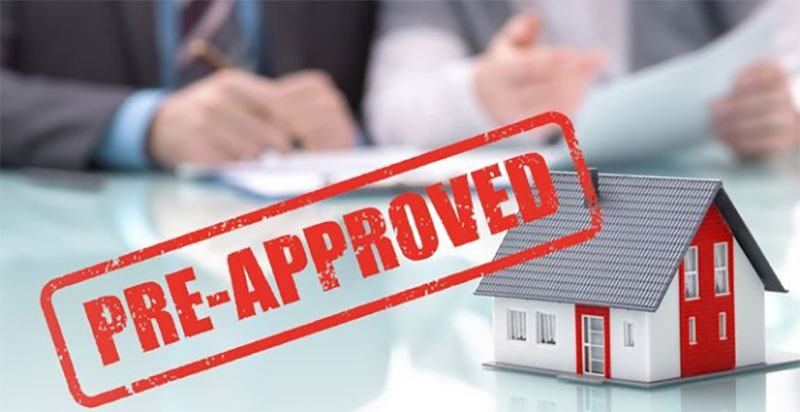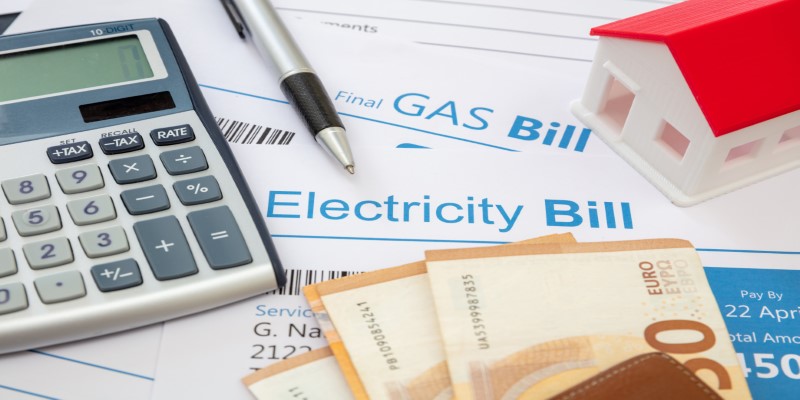A mortgage with contingent approval is not a real thing. A conditional approval occurs during the mortgage underwriting process while purchasing a home. It's the underwriter's way of telling you how far along you are in the mortgage application process.
The approval status of "conditional" is in between "prequalification" and "final" or "verified." Once you reach this point, you can begin house hunting. In most cases, those granted conditional clearance are also told what they must do to move on to full approval.
The underwriter can revoke a conditional approval mortgage if they discover any information during the underwriting process that could impact the borrower's capacity to repay the loan. After receiving conditional approval, adding more debt could result in a rejection. Significant, unexpected changes to one's bank account balance may also raise suspicions. The same applies if you decide to switch careers during the underwriting process.
What does "conditional approval" entail, then? You will receive the loan if the lender meets specific criteria. Such examples could be:
- If someone is giving you money to go towards a house, have them sign a gift letter.
- We provide further financial documentation (such as bank statements, pay stubs, and information regarding other debts, such as a car loan).
- Purchasing a policy of home insurance
- Your desired home's appraised value must equal or exceed your offer price.
- Verification that you are either on a company's payroll or are receiving wages from a company
- If your lender has questions about your account activity (such as a significant withdrawal or new debt), they may request an explanation in writing.
To cut a long tale short, receiving mortgage approval requires a lot of hoops to be jumped through. In some situations, a conditional approval from the lender might help you move forward with the house purchase while you and the lender work to complete the remaining necessary paperwork. In addition, you have the option to request it.
Home Purchase Completion Following Conditional Permission

You must complete your mortgage paperwork before you can close on your home. And that calls for switching from conditional to full approval. You need to fulfil the lender's requirements to get there.
Usually, this entails explaining things in greater detail. Once you understand the conditions under which your loan was authorised, you may begin working to meet them. This could involve contacting your company's human resources department or a tax advisor for supporting paperwork, writing a gift or explanation letter, or contacting a home insurance provider.
Whatever the situation, the mortgage will not be approved, and the home sale will not close unless the lender's requirements are satisfied. If the market is competitive or the seller requests a fast closing, quick action is needed here.
Your home loan will be complete if all conditions are met. You must also be financially prepared to cover the closing charges. Your loan servicer should outline all the steps needed to finalise your loan.
Approval Methods for Mortgages

One sort of permission for purchasing a home is called "conditional approval."
1. Prequalification
Prequalification is finding out from a potential lender whether or not you qualify for a loan and, if so, how much of a loan you might receive. A pre-approval is a more in-depth process, which is different. A soft query on your credit report may accompany your self-assessed prequalification.
2. Pre-Approval
A pre-approval uses your actual financial and credit data to assess how much of a loan you may be eligible for. Lenders often do rigorous credit checks, which can affect credit scores, and also look at other financial data to assess applicants' ability to repay loans.
3. Conditional Approval
When this occurs, you are permitted to proceed with a mortgage application. While this is usually a favourable indicator, there are circumstances where it is not; for example, if you fail to provide the lender with the requested papers or have the property evaluated.
4. Approval
In other words, this is the same as a formal, unconditional OK. The underwriter working on your loan will reach this point once they have confirmed your income, savings, and credit history. A formal approval letter may be provided for your use in communicating with prospective home sellers.
5. Closing Approval
If you and the sellers have agreed, you can proceed to close if your mortgage lender gives their blessing. This is often done during the closing after all the documentation to transfer ownership has been prepared.
It's normal for the lender to need extra time for underwriting and notify the applicant of their conditional approval before moving forward with the home-buying process. On other occasions, it may point out a few problems with an application that will need more paperwork to fix.




